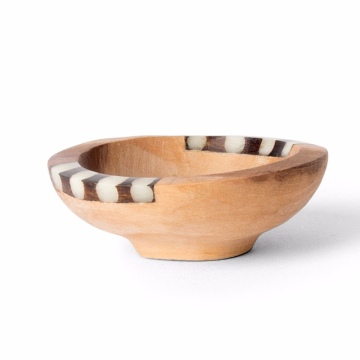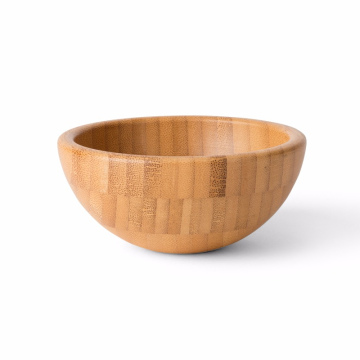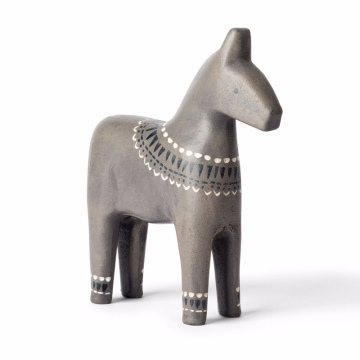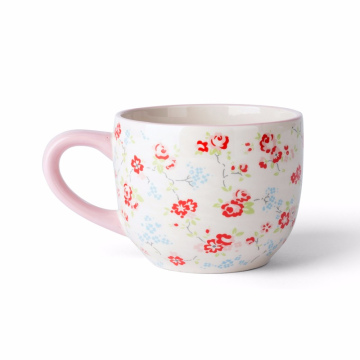Historical Context of Church Art in Spain
The evolution of church art in Spain reflects a rich tapestry woven from its historical, socio-political, and religious contexts. Beginning in the early medieval period, Spanish church art was profoundly influenced by the Visigothic style, characterized by simplicity and modesty. The rise of Islam in the 8th century led to the establishment of unique artistic expressions that amalgamated Christian iconography with Islamic motifs, particularly in regions such as Andalusia. This period of cultural syncretism fostered dynamic artistic developments that would lay the groundwork for future church art in the country.
The Reconquista, spanning nearly eight centuries, was pivotal in shaping Spain's religious art. As Christian kingdoms gradually reclaimed territory from Muslim rule, the desire to reinforce Christian identity manifested in religious artwork that depicted victory over adversaries. Paintings and sculptures created during and shortly after this period served both as motivation for the faithful and as tools for propaganda to support the Church and monarchy. The era saw iconic works from artists like Fernando Gallego, whose altarpieces vividly illustrated biblical narratives while resonating with the shifting spiritual landscape.
The Renaissance brought a resurgence of interest in classical ideals, and artists began to employ perspective and naturalism more prominently in their religious works. This was followed by the Baroque period, which introduced a heightened emotionalism in church art, with dramatic use of light and shadow, as exemplified by the works of artists like El Greco and Francisco de Zurbarán. The Counter-Reformation further influenced artistic expression, pushing artists to create works that were emotionally engaging and easily readable to the general public. This period solidified the role of church art in communicating theological concepts and conveying the power of the Catholic Church. The confluence of these historical events and cultural shifts solidified Spain's church art as a crucial component of its national identity and religious experience.
Paintings and Their Significance in Religious Contexts
In the context of Spanish churches, paintings serve as vital conduits for religious expression and cultural identity. Among the most significant types of church art are altar paintings and frescoes, which adorn the interiors of sacred spaces. These artworks are not merely decorative; they play a crucial role in conveying religious narratives and teachings to the congregants. By visually representing biblical events and saints, these paintings translate complex theological concepts into accessible imagery, making the divine more relatable to the faithful.
Notable among the artists who contributed significantly to this tradition are El Greco, Zurbarán, and Murillo. El Greco, a master of dramatic expression, utilized elongated forms and vivid colors to evoke a sense of spirituality that transcended the physical realm. His works, such as "The Disrobing of Christ," not only showcase his unique style but also emphasize themes of suffering and redemption, deeply resonating with the faithful.
Similarly, Francisco de Zurbarán is renowned for his tranquil and contemplative depictions of saints, characterized by a profound use of light and shadow. His paintings, such as "Saint Serapion," encapsulate the essence of devotion and sacrifice. Zurbarán’s ability to imbue his subjects with emotion invites viewers to engage in meditative reflection, reinforcing the spiritual messages inherent in the religious narratives.
In contrast, Bartolomé Esteban Murillo is celebrated for his more approachable and affectionate portrayals of religious figures, often capturing scenes of daily life infused with divine presence. His paintings, such as "The Immaculate Conception," resonate deeply with local communities, integrating cultural elements that reflect their identity and values. Murillo’s works illustrate how church art can foster a shared sense of belonging amongst congregants.
Ultimately, these paintings are not confined to aesthetic appeal; they are instrumental in shaping theological understanding, devotional practices, and the cultural landscape of Spanish communities throughout history.
The Importance of Altarpieces in Spanish Churches
Altarpieces hold a prominent position within the structural and aesthetic framework of Spanish churches, serving as both religious focal points and intricate artistic expressions. An altarpiece is a dedicated structure, often found behind the altar, which can be comprised of a series of panels or sculptures depicting various religious figures, narratives, and themes. This architectural feature commonly incorporates multiple levels, presenting a visually captivating and immersive experience that reflects the reverence of worship.
The significance of altarpieces extends beyond their physical presence; they play an essential role in the liturgical practices of the church. Altarpieces often serve as a backdrop for important rituals, such as the Mass, where their adorned imagery enhances the spiritual atmosphere. The beautifully crafted features of altarpieces not only invoke a sense of awe but also assist in the storytelling aspect of religious teachings. Through visually rich narratives, altarpieces convey complex theological concepts, making them accessible to the congregants even when they may not have a profound understanding of scripture.
Spain is home to some of the most notable altarpieces in the world, such as the Retablo Mayor in the Cathedral of Toledo and the Altar of the Kings in the Cathedral of Seville. These significant works exemplify the extraordinary craftsmanship and artistic dedication found in Spanish ecclesiastical art. Each altarpiece tells a story, often depicting saints, biblical events, or the Virgin Mary, cementing the community's religious traditions and beliefs. The intricate carvings and paintings within an altarpiece not only inspire devotion but also strengthen the communal bond among worshippers as they collectively engage in the rituals associated with these central artistic elements.
Sculptures and Their Impact on Spiritual Experience
Sculptures have served as vital elements within church environments in Spain, enriching the spiritual experience of congregants through their artistic expression and theological significance. These creations, comprising both architectural elements like reliefs and columns, as well as free-standing figures of saints and Christ, contribute to the sacred atmosphere that is integral to worship and reflection. The materials used in Spanish sculptures—such as wood, stone, and metal—each carry distinct connotations and have unique aesthetic properties that affect how the sculptures are perceived. For example, wood, often elaborately carved and painted, reflects warmth and intimate human connection, while stone conveys permanence and strength.
Techniques applied in the crafting of these sculptures play a crucial role in their impact. Sculptors employed varying methods such as polychrome wood sculpture and chiaroscuro to create depth and emotion in representation. The intricate details of garments, facial expressions, and postures invite congregants to engage not just aesthetically, but emotionally and spiritually as well. Prominent sculptors like Gregorio Fernández, known for his dramatic expressions and dynamic compositions, and Luis de Morales, famed for his intense imagery, have produced works that profoundly resonate with worshippers. Fernández's figures often depict the suffering and compassion of Christ, encouraging believers to contemplate their own spiritual struggles, while Morales's serene saints invite devotion and meditative reflection.
The emotional and theological implications of these sculptures cannot be understated. They serve not only as artistic expressions but also as visual conduits for faith, guiding congregants through their spiritual journey. As individuals encounter these sculptures, they are not merely observing art but are engaging in a dialogue with their faith, experiencing enhanced devotion and a deeper connection to the divine. The overall contribution of such sculptures to the church environment fosters a profound sense of spirituality, enriching the worship experience and leaving a lasting impact on the hearts and minds of the faithful.








